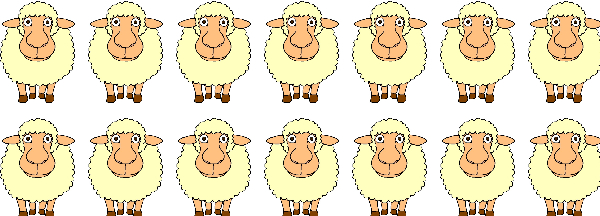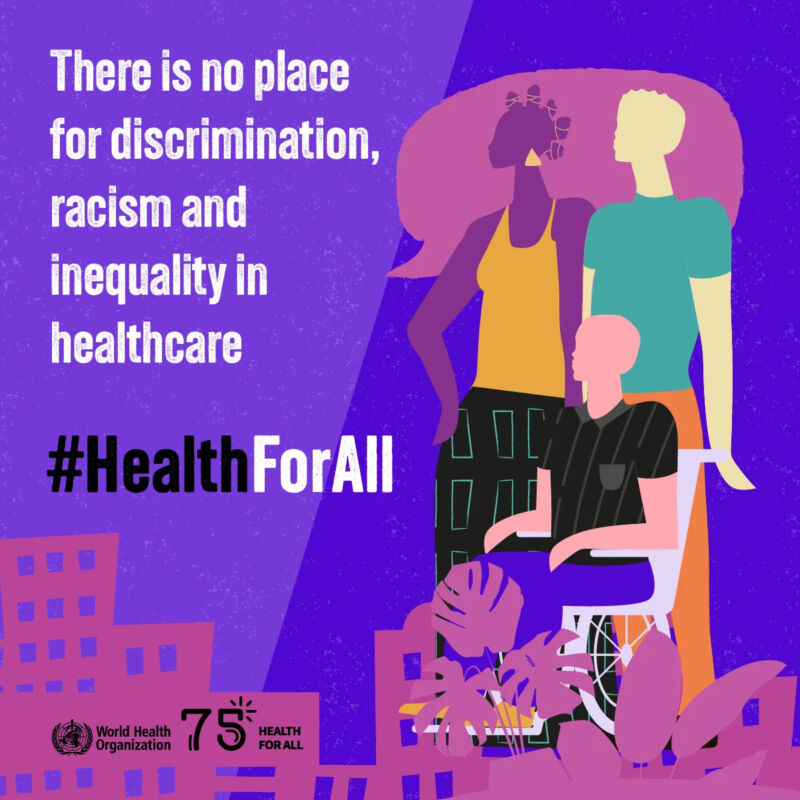“Urinary incontinence — the loss of bladder control — is a common and often embarrassing problem. The severity ranges from occasionally leaking urine when you…”.1
Umbrella
What may the Urinary Incontinence Umbrella include?
Depending on the Source (DotS) this Umbrella may include:
- Bladder Incontinence
- Bladder leakage
- Bladder Weakness
- Continence
- Incontinence
- Light Bladder Leakage (LBL)
- Overactive Bladder (OAB)
- Urinary Incontinence (UI)
- Weak Bladder
Bladder Control Problems
What are bladder control problems?
DotS the definition of bladder control problems may vary. The (United States) National Institute of Diabetes and Digestive and Kidney Diseases’ (NIDDK) definition is:
“Bladder control problems are conditions that affect the way a person holds or releases urine”.2
Urinary Incontinence
What is urinary incontinence (UI)?
DotS the definition of UI may vary. The (United States) Mayo Clinic’s definition is:
“Urinary incontinence — the loss of bladder control — is a common and often embarrassing problem. The severity ranges from occasionally leaking urine when you cough or sneeze to having an urge to urinate that’s so sudden and strong you don’t get to a toilet in time”.3
Women
Is UI more common in women?
In Urinary Incontinence: Overview – Is Incontinence More Common In Women? according to the (United States) Cleveland Clinic:
“Yes, incontinence is more common in females. Pregnancy, childbirth and menopause can all lead to bladder control problems”.4
Common Types
What are common types of UI?
The (United Kingdom) NHS note:
“Most people with urinary incontinence have either stress incontinence or urge incontinence”.5
Different Types
What are different types of UI?
DotS different types of UI may include:
- Stress Incontinence
- Urge Incontinence
- Mixed Incontinence
- Overflow Incontinence
1. Stress Incontinence
What is stress incontinence?
DotS the definition of stress incontinence may vary. In Bladder Control Problems (Urinary Incontinence): Definition & Facts for Bladder Control Problems (Urinary Incontinence) – What Are the Types of Bladder Control Problems? Stress Incontinence the NIDDK’s definition is:
“Stress incontinence occurs when movement—coughing, sneezing, laughing, or physical activity—puts pressure on the bladder and causes urine to leak”.6
In Urinary Incontinence In Women the Australasian Menopause Society elaborate on:
2. Urge Incontinence
What is urge or urgency incontinence?
DotS the definition of urgency incontinence may vary. In Bladder Control Problems (Urinary Incontinence): Definition & Facts for Bladder Control Problems (Urinary Incontinence) – What Are the Types of Bladder Control Problems? Urgency Incontinence the NIDDK’s definition is:
In Urinary incontinence: Urge Incontinence – About Urge Incontinence the Continence Foundation of Australia elaborate on:
“People who experience urge incontinence get a strong feeling to urinate (wee) even when the bladder isn’t full. This can occur in both men and women and involves a strong urge to urinate, often followed by loss of urine before reaching the toilet. If you experience urge incontinence you may also have the need pass urine more frequently”.9
3. Mixed Incontinence
What is mixed incontinence?
DotS the definition of urge incontinence may vary. The NHS’s definition is:
“Mixed incontinence is when you have symptoms of both stress and urge incontinence. For example, you may leak urine if you cough or sneeze, and also experience very intense urges to pass urine”.10
4. Overflow Incontinence
What is overflow incontinence?
DotS the definition of overflow incontinence can vary. The Mayo Clinic’s definition is:
- “Overflow incontinence. You experience frequent or constant dribbling of urine due to a bladder that doesn’t empty completely”.11
Cause
What may cause UI?
In Urinary Incontinence: Causes and Treatment – Urinary Incontinence Overview the (United States) National Association for Continence (NAFC) note:
“Many people do not realize that there are many different types of urinary incontinence or reasons that you may cause you to leak urine”.12
In Urinary Incontinence: Causes [+ Diagram] the (Australian) Jean Hailes for Women’s Health (JH) explain:
Incontinence can also happen when pelvic floor muscles are too tight (overactive).
Urinary incontinence can be caused by:
- Pregnancy and childbirth
- Prolapse
- Constipation or regular straining when going to the toilet
- Repetitive lifting of heavy weights – at the gym, at work, in the garden or even when lifting children
- Being overweight or obese
- Coughing caused by smoking and chronic lung disease
- Chronic sneezing (e.g. due to hay fever).
Urinary incontinence is also associated with:
- Changes around the time of menopause (e.g. the pelvic floor becomes weaker and the bladder less elastic)
- Diabetes
- Pelvic or abdominal surgery
- Certain medicines such as fluid tablets (diuretics)”.13
Aging
Is there an association between aging and UI?
In Urinary Incontinence: Symptoms & Causes – Overview the Mayo Clinic note:
Menopause
Is there an association between menopause and UI?
In What Is Menopause? Perimenopause, Menopause and Postmenopause: Postmenopause – Bladder Health the JH note:
 “Lower levels of oestrogen after menopause can affect your bladder health, including:
“Lower levels of oestrogen after menopause can affect your bladder health, including:
- Weak pelvic floor muscles
- Loss of elasticity of the bladder
- Thinning of the urethral and bladder lining, which could lead to urinary tract infections (UTIs)
- Loss of elasticity in the pelvic tissues
These factors can lead to incontinence, for example, wee leakage. You don’t have to put up with incontinence. You can ask your doctor for a referral to a continence nurse or pelvic floor physiotherapist to help strengthen your pelvic floor muscles”.15
Prevention
Can UI be prevented?
In Urinary Incontinence: Overview – Preventing Urinary Incontinence the NHS elaborate on:
These include:
- Maintaining a healthy weight
- Changing your drinking habits, including cutting down on alcohol
- Doing pelvic floor muscle exercises”.16
Treatment
What may UI treatment involve?
In Managing Incontinence In Perimenopause & Menopause: Treating Incontinence During Your Perimenopause and Menopause Years the NAFC elaborate on:
- Watch your diet…
- Pelvic floor strengthening…
- Physical therapy…
- Posture…
- Weight management…
- Improve sleep…
- Hormone therapy…
- Other medications…
- Pessaries…
- Third line therapies…
- Surgery…”.17
Products
Are products available to help manage UI?
Your Country may have a website similar to the international Continence Product Advisor.org which may provide information about different types of continence management products or a Helpline.
Helpline
Do some Countries have a national Continence/Incontinence Helpline?
Yes. Your Country may have a Helpline similar to the Continence Foundation of Australia’s National Continence Helpline.
Toilet Maps, Cards or Apps
Do some Countries have toilet maps, cards or Apps?
Yes. Your Country may have a toilet map similar to Australia’s National Public Toilet Map. About the Toilet Map explains:
“The National Public Toilet Map shows the location of more than 23,000 public and private public facilities across Australia, including toilets, adult change and baby care. Information is provided about each toilet, such as location, accessibility details, opening hours and features like sharps disposal and showers”.18
Or your Country may have a card or App similar to the (United Kingdom) Bladder & Bowel Community’s (B&B) Free Just Can’t Wait Toilet Card.
Health Care Provider
What if I think I have UI?
If you think you have UI, it may be in your best interest to choose to talk to your health care provider about this. In Bladder Conditions and Symptoms the B&B note:
“The first and most important point to remember is that everyone with a bladder problem can be helped and many can be completely cured”.19
Health Topics A-Z
Where may I find Health Topics A-Z related to Urinary Incontinence?
In Health Topics A-Z you may find:
Links
Where may I find Links related to Urinary Incontinence?
Your Country may have Links similar to:

Links
This Links List to third party websites is neither comprehensive nor exhaustive. Inclusion on this Links List does not imply endorsement or recommendation. Non-inclusion on this Links List does not imply non-endorsement or non-recommendation. Third party websites are not under the control of Meno Martha International Menopause Directory. Third party websites may contain explicit medical images and/or sexual references. Please read Meno Martha International Menopause Directory’s Links Policy before proceeding to a Link. Please contact Webmaster if you experience a problem with a Link.New or Updated
- Genitourinary Syndrome of Menopause [May 2025]
- How To Talk To Your Doctor About Bladder Leakage [07 October 2024]

- Struggling With UTIs After Menopause? Experts Say This Can Make A Difference [19 June 2025]
- Urinary Incontinence [05 March 2025]
- Why Do You Need To Pee As Soon As You Get Home? [31 January 2025]
- World Continence Week 2025 [16-22 June 2025]
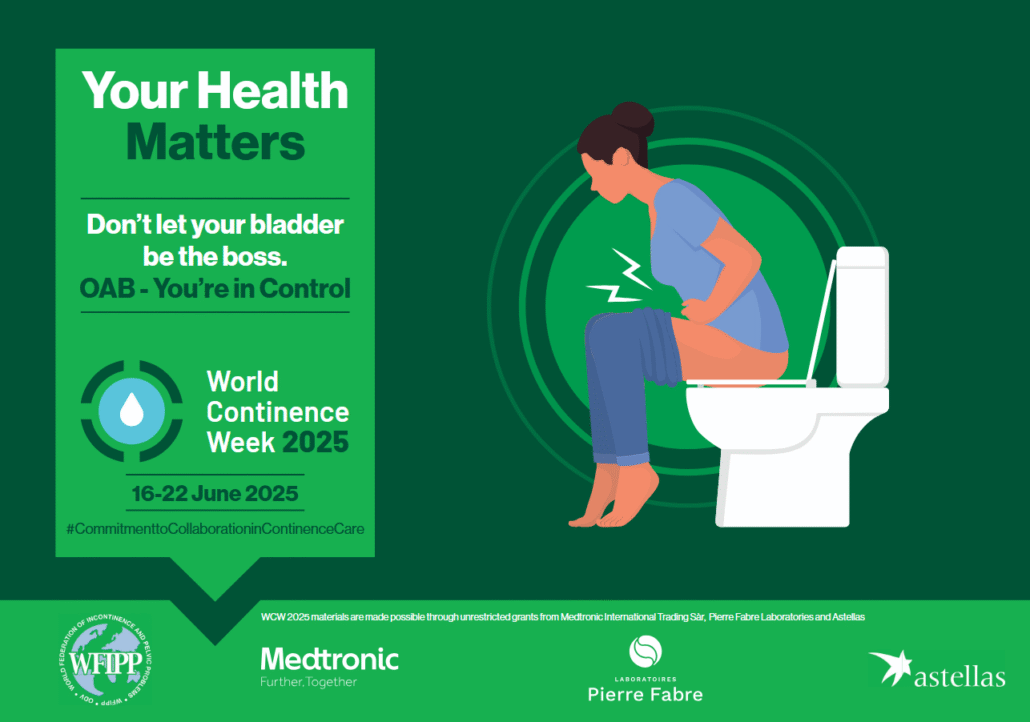
- About Incontinence: Understanding Incontinence
- BMS TV: Urogenital Atrophy
- Bbuk.org.uk [Bladder & Bowel UK]
- Bladder Control
- Bladder Control Problems (Urinary Incontinence): Diagnosis of Bladder Control Problems (Urinary Incontinence) – How Do Doctors Find the Cause of A Bladder Control Problem? Bladder Diary
- Bladder Control Problems: How To Seek Treatment
- Bladder Control: Lifestyle Strategies Ease Problems
 Bladder Diary
Bladder Diary- Bladder Health
- Bladder Health During Perimenopause & Menopause
- Bladder Leakage: Fact Versus Fiction
- Bladder Retraining and Keeping A Blabber Diary
- Bladderandbowel.org [Bladder & Bowel Community, United Kingdom]
- Bladderhealthuk.org [Bladder Health UK]
- Continence Organizations Worldwide: Continence Organizations Where You Live
- Continence.org .au [Continence Foundation of Australia]
- Continenceproductadvisor.org [Continence Product Advisor]
- Cystitis
- Diet and Exercise
- FAQs: Urinary Incontinence
- Finding the Perfect Product for Your Individual Incontinence Needs
- Foods and Drinks That Can Irritate Your Bladder
- From Leaking Urine To Sudden Urges To Go: An Ob-Gyn Talks Bladder Control Problems
- Genitourinary Syndrome of Menopause
- Genitourinary Syndrome of Menopause
- Genitourinary Syndrome of Menopause
- Glossary
- How Smoking Contributes To Incontinence
- How To Exercise Without Wetting Yourself
- How To Talk To Your Doctor About Bladder Leakage

- How To Talk To Your Doctor About Bladder Leaks
- Incontinence Diaries: Using A Bladder Diary or Bowel Diary
- Kegel Exercises
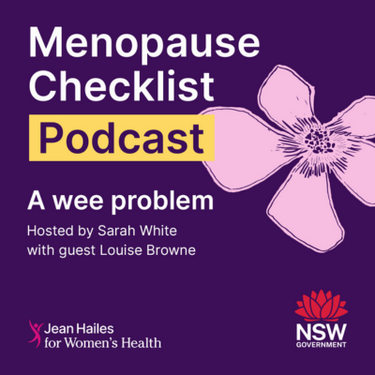 Kidneys and Urinary System [Topics + Image]
Kidneys and Urinary System [Topics + Image]- Life With Incontinence: Continence Products
- Life With Incontinence: Travel Tips
- Lifestyle, Fluids and Diet
- Management of Urinary Incontinence In Postmenopausal Women: An EMAS Clinical Guide [European Menopause and Andropause Society]
- Managing Incontinence In Perimenopause and Menopause
- Mayo Clinic Q and A: What Is Overactive Bladder?
- Menopause Checklist Podcast: Episode 1: A Wee Problem
- Menopause: Understanding the Changes and Finding Relief | Dr Susan Davis | The Proof Podcast EP 256
- Nafc.org [National Association for Continence, United States]: Doctor Finder – NAFC Doctor Finder
- National Center for Complementary and Integrative Health: Cranberry
- National Center for Complementary and Integrative Health: Herbs At A Glance
- National Center for Complementary and Integrative Health: How Safe Is This Product or Practice?
- National Institute of Diabetes and Digestive and Kidney Diseases: Health Information
- Other Languages: Incontinence Information In Other Languages
- Overactive Bladder
- Overactive Bladder
- Pelvic Floor Health | Dr Louise Newson LIVE
- Pelvic Organ Prolapse
- Pelvic Organ Prolapse Causes and Treatments
- Perimenopause and Menopause Symptom Checklist
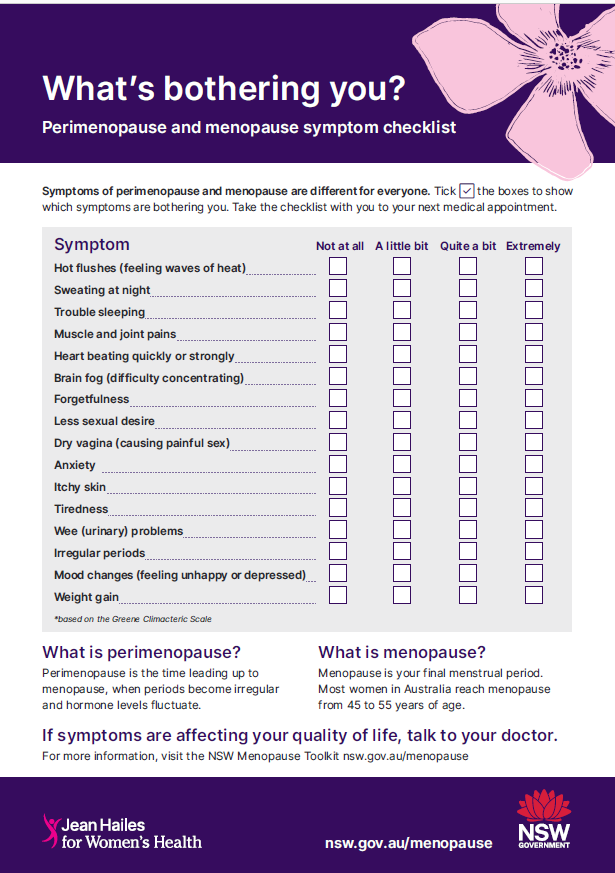
- Products
- Products To Treat Adult Incontinence
- Products for Women
- Stress Incontinence In Women
- Struggling With UTIs After Menopause? Experts Say This Can Make A Difference
- Surgery for Stress Urinary Incontinence In Women
- Talking To Your Doctor About Incontinence [+ Video: Breaking Her Silence: Some Things Are Too Important To Hold In]
- Talking To Your Doctor About Incontinence
- The “Big Four” Bladder Irritants
- The Bladder and Pelvic Floor
- The Most Common Types of Urinary Incontinence
- The Rainbow of Urine Colors: What’s Typical, What’s Not
- The Truth About Menopause Supplements | Dr Sarah Berry
- The Voices of Incontinence [+ Video – The Voices of Incontinence: Quality of Life]
- The Voices of Incontinence [+ Video – The Voices of Incontinence: Relationships]
 Therapies and Procedures
Therapies and Procedures- Types of Incontinence: Urinary Incontinence
- Urinary Incontinence
- Urinary Incontinence
- Urinary Incontinence
- Urinary Incontinence
- Urinary Incontinence
- Urinary Incontinence
- Urinary Incontinence
- Urinary Incontinence In Women
- Urinary Incontinence Overview [+ Video: Understanding Urinary Incontinence]
- Urinary Incontinence – Multiply Languages
- Urinary Incontinence: 10 Ways To Stop Leaks
- Urinary Incontinence: Incontinence Products
- Urinary Incontinence: Nocturia
- Urinary Incontinence: Non-Surgical Treatment
- Urinary Incontinence: Stress Incontinence
- Urinary Tract Infections: Causes and Treatments
- Urinary Tract Infections (UTIs)
- Urinary and Pelvic Floor Conditions
- Voices for PFD [Pelvic Floor Disorders]
- Voices for PFD [Pelvic Floor Disorders]: Fact Sheets, Patient Summaries and Downloads
- What Are PFDs?
- What Can You Do for An Overactive Bladder?
- What Is Nocturia?
- Where Do I Start?
- Why Do You Need To Pee As Soon As You Get Home?
- Why You Pee When You Sneeze and How To Stop It
- Why Your Diet Matters When You Have Incontinence
- Women: Menopause – Menopause and Continence
- Women: Pelvic Floor Muscles In Women [+ Video]
- Women’s Bladder and Bowel Health Conditions
- World Continence Week 2025 [16-22 June 2025]
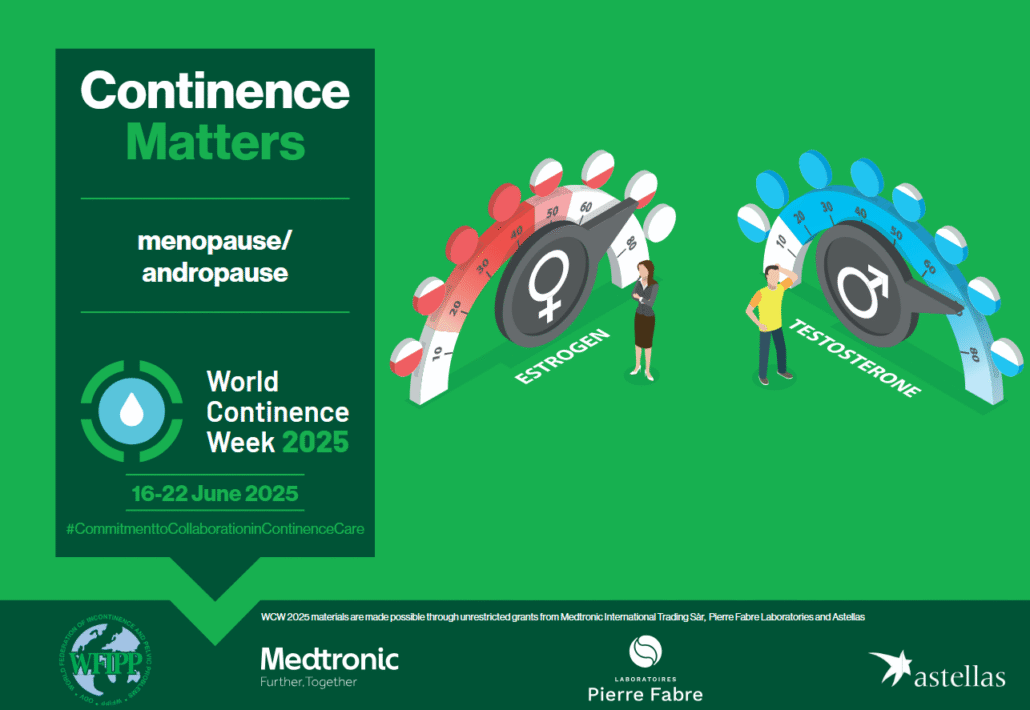
Sources
Where may I find the Sources quoted?
You may find the Sources quoted at:
Sources
- Urinary Incontinence: Symptoms & Causes – Overview. 09 February 2023. Mayo Clinic https://www.mayoclinic.org/diseases-conditions/urinary-incontinence/symptoms-causes/syc-20352808 Accessed: 21 June 2025
- Bladder Control Problems (Urinary Incontinence): Definition & Facts for Bladder Control Problems (Urinary Incontinence) – What Are Bladder Control Problems? Last Reviewed: July 2021. National Institute of Diabetes and Digestive and Kidney Diseases https://www.niddk.nih.gov/health-information/urologic-diseases/bladder-control-problems/definition-facts Accessed: 21 June 2025
- Urinary Incontinence: Symptoms & Causes – Overview. 09 February 2023. Mayo Clinic https://www.mayoclinic.org/diseases-conditions/urinary-incontinence/symptoms-causes/syc-20352808 Accessed: 21 June 2025
- Urinary Incontinence: Overview – Is Incontinence More Common In Women? Last Reviewed: 05 March 2025. Cleveland Clinic https://my.clevelandclinic.org/health/diseases/16998-female-incontinence Accessed: 21 June 2025
- Urinary Incontinence: Symptoms – Common Types of Urinary Incontinence. Page Last Reviewed: 15 June 2023. NHS https://www.nhs.uk/conditions/urinary-incontinence/symptoms/#common-types-of-urinary-incontinence Accessed: 21 June 2025
- Bladder Control Problems (Urinary Incontinence): Definition & Facts for Bladder Control Problems (Urinary Incontinence) – What Are the Types of Bladder Control Problems? Stress Incontinence. Last Reviewed: July 2021. National Institute of Diabetes and Digestive and Kidney Diseases https://www.niddk.nih.gov/health-information/urologic-diseases/bladder-control-problems/definition-facts Accessed: 21 June 2025
- Urinary Incontinence In Women. Content Updated: May 2020. Australasian Menopause Society https://www.menopause.org.au/health-info/fact-sheets/urinary-incontinence-in-women Accessed: 21 June 2025
- Bladder Control Problems (Urinary Incontinence): Definition & Facts for Bladder Control Problems (Urinary Incontinence) – What Are the Types of Bladder Control Problems? Urgency Incontinence. Last Reviewed: July 2021. National Institute of Diabetes and Digestive and Kidney Diseases https://www.niddk.nih.gov/health-information/urologic-diseases/bladder-control-problems/definition-facts Accessed: 21 June 2025
- Urinary Incontinence: Urge Incontinence – About Urge Incontinence. Last Updated: May 2024. Last Reviewed: 23 March 2020. Continence Foundation of Australia https://www.continence.org.au/types-incontinence/urinary-incontinence/urge-incontinence Accessed: 21 June 2025
- Urinary Incontinence: Symptoms – Other Types of Urinary Incontinence: Mixed Incontinence. Page Last Reviewed: 15 June 2023. NHS https://www.nhs.uk/conditions/urinary-incontinence/symptoms/#other-types-of-urinary-incontinence Accessed: 21 June 2025
- Urinary Incontinence: Symptoms & Causes – Symptoms. 09 February 2023. Mayo Clinic https://www.mayoclinic.org/diseases-conditions/urinary-incontinence/symptoms-causes/syc-20352808 Accessed: 21 June 2025
- Urinary Incontinence: Causes and Treatment – Urinary Incontinence Overview. National Association for Continence https://www.nafc.org/urinary-incontinence Accessed: 21 June 2025
- Urinary Incontinence: Causes. Last Updated: 23 May 2025 | Last Reviewed: 17 January 2024. Jean Hailes for Women’s Health https://www.jeanhailes.org.au/health-a-z/bladder/urinary-incontinence Accessed: 21 June 2025
- Urinary Incontinence: Symptoms & Causes – Overview. 09 February 2023. Mayo Clinic https://www.mayoclinic.org/diseases-conditions/urinary-incontinence/symptoms-causes/syc-20352808 Accessed: 21 June 2025
- What Is Menopause? Perimenopause, Menopause and Postmenopause: Postmenopause – Bladder Health. Last Updated: 13 May 2025 | Last Reviewed: 22 April 2025. Jean Hailes for Women’s Health https://jeanhailes.org.au/health-a-z/menopause/health-after-menopause Accessed: 21 June 2025
- Urinary Incontinence: Overview – Preventing Urinary Incontinence. Page Last Reviewed: 15 June 2023. NHS https://www.nhs.uk/conditions/urinary-incontinence/#preventing-urinary-incontinence Accessed: 21 June 2025
- Managing Incontinence In Perimenopause & Menopause: Treating Incontinence During Your Perimenopause and Menopause Years. National Association for Continence https://nafc.org/treating-incontinence-during-your-perimenopause-and-menopause-years/ Accessed: 21 June 2025
- About the Toilet Map. National Continence Program https://toiletmap.gov.au/about Accessed: 21 June 2025
- Bladder Conditions and Symptoms. Bladder & Bowel Community https://www.bladderandbowelfoundation.org/bladder/bladder-conditions-and-symptoms/ Accessed: 21 June 2025




